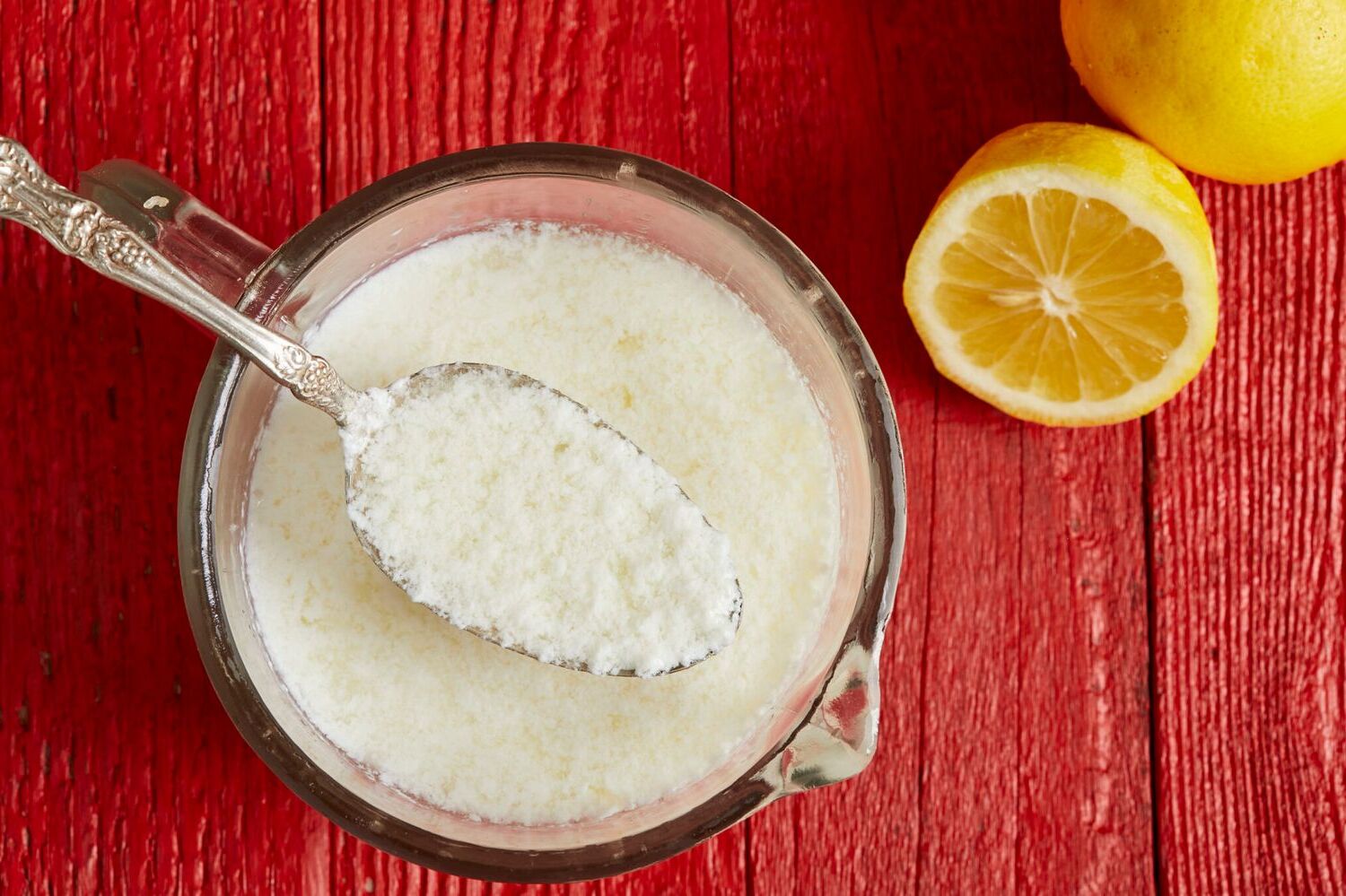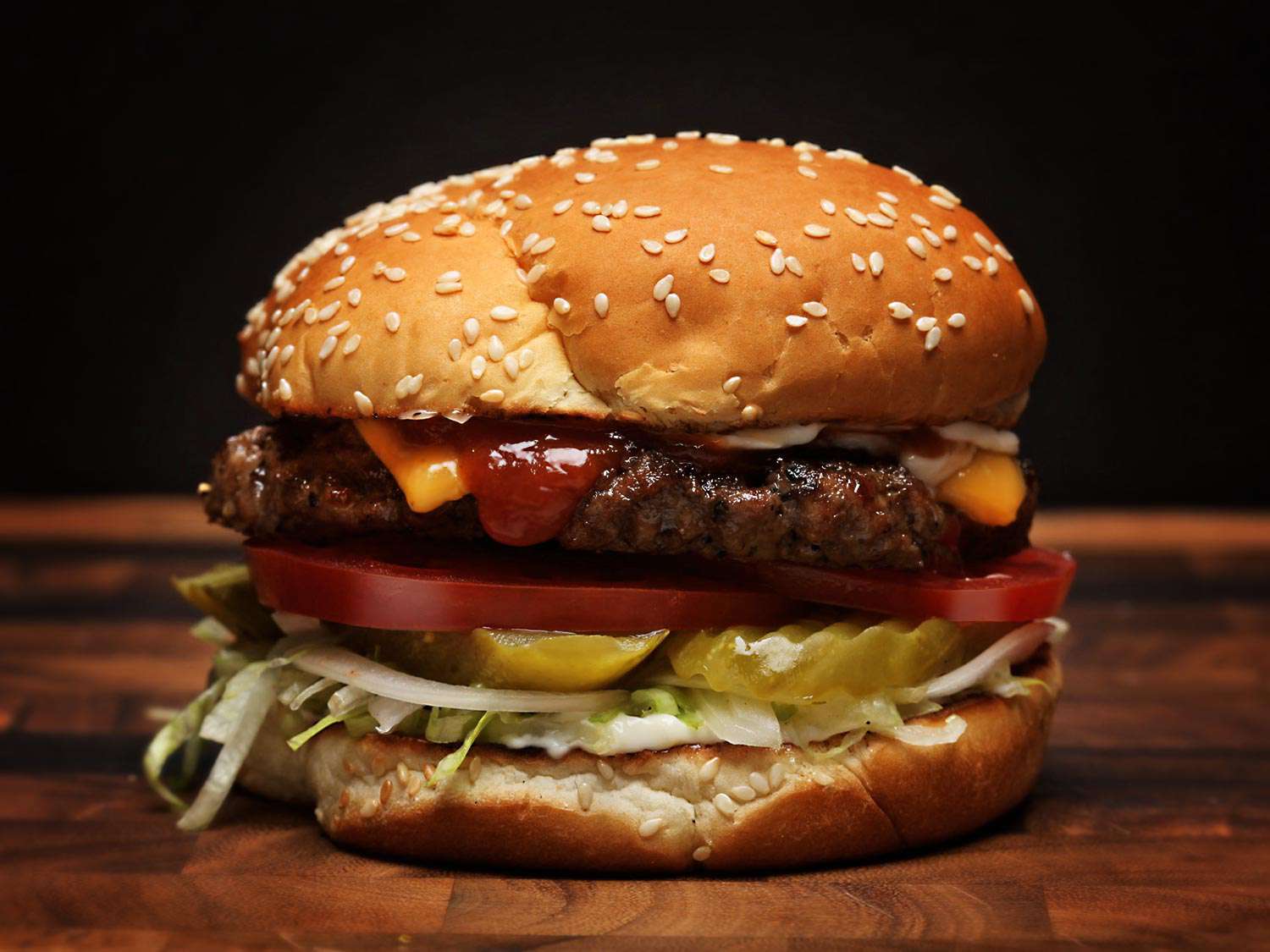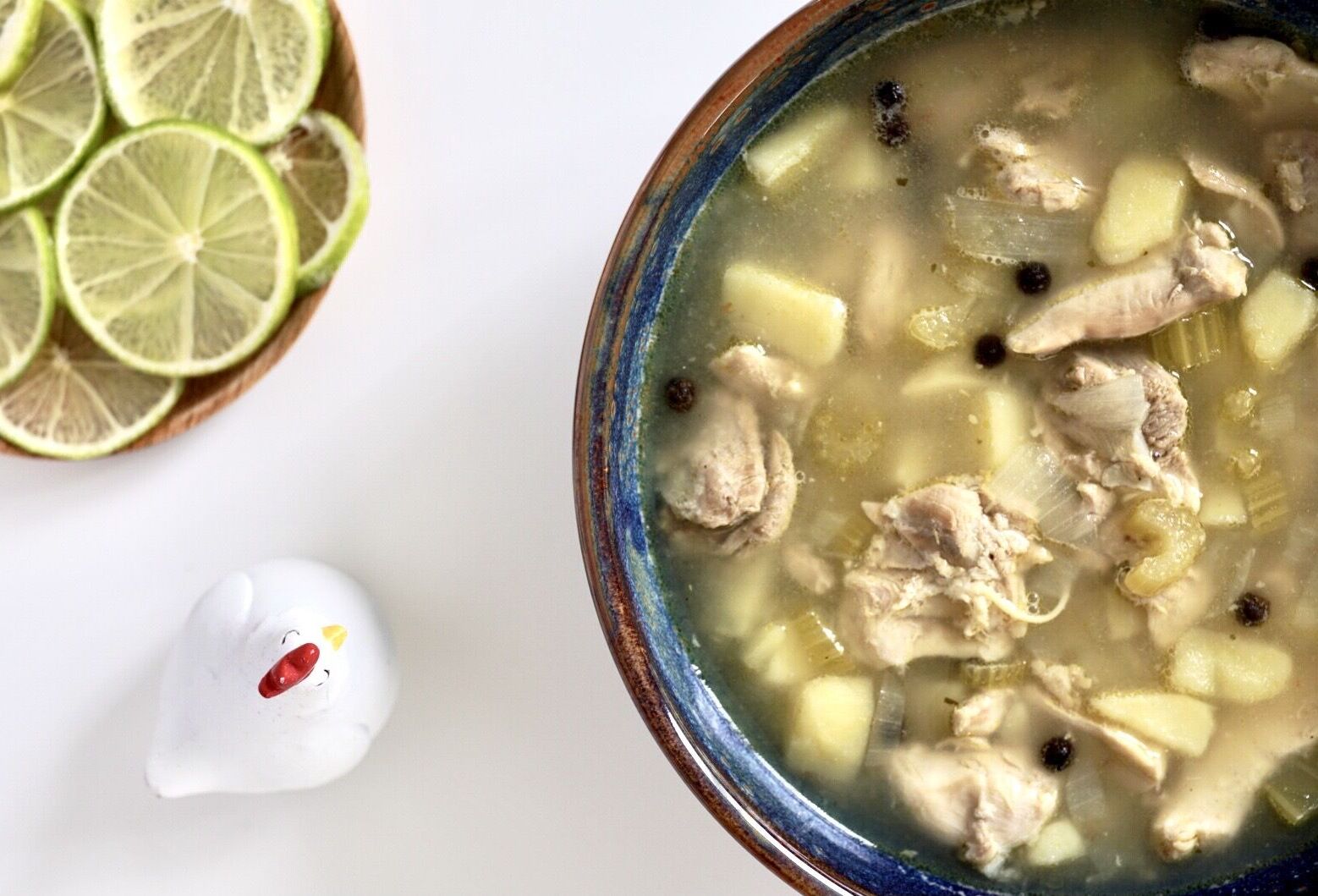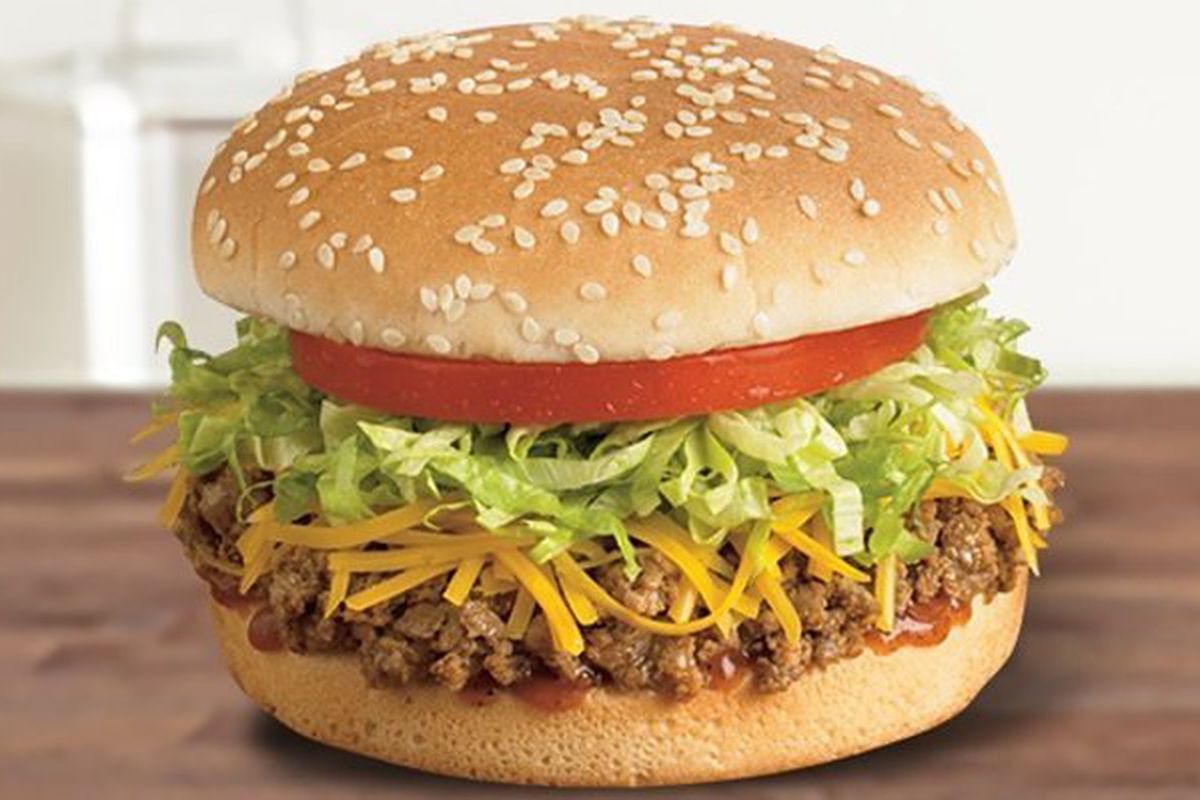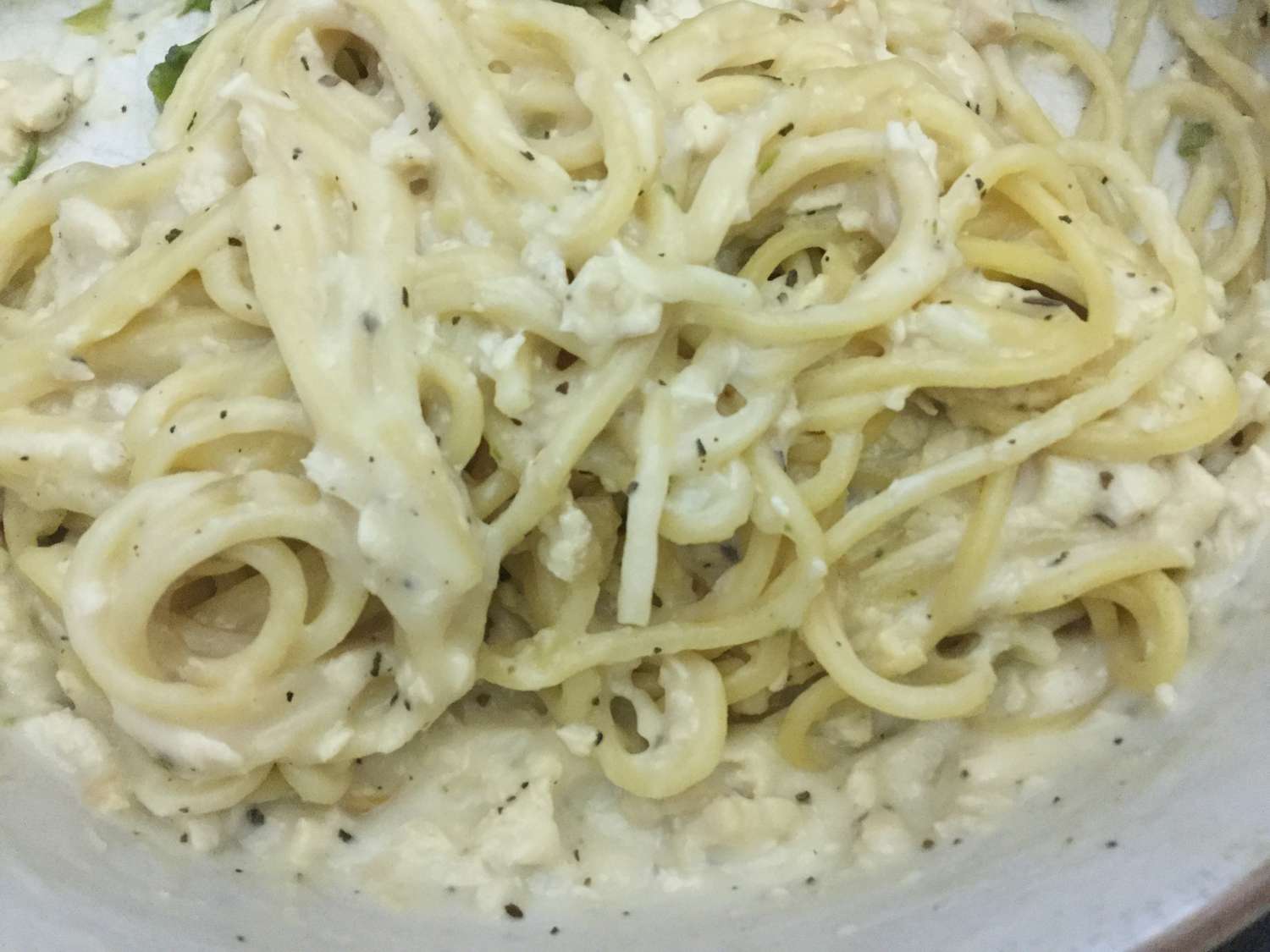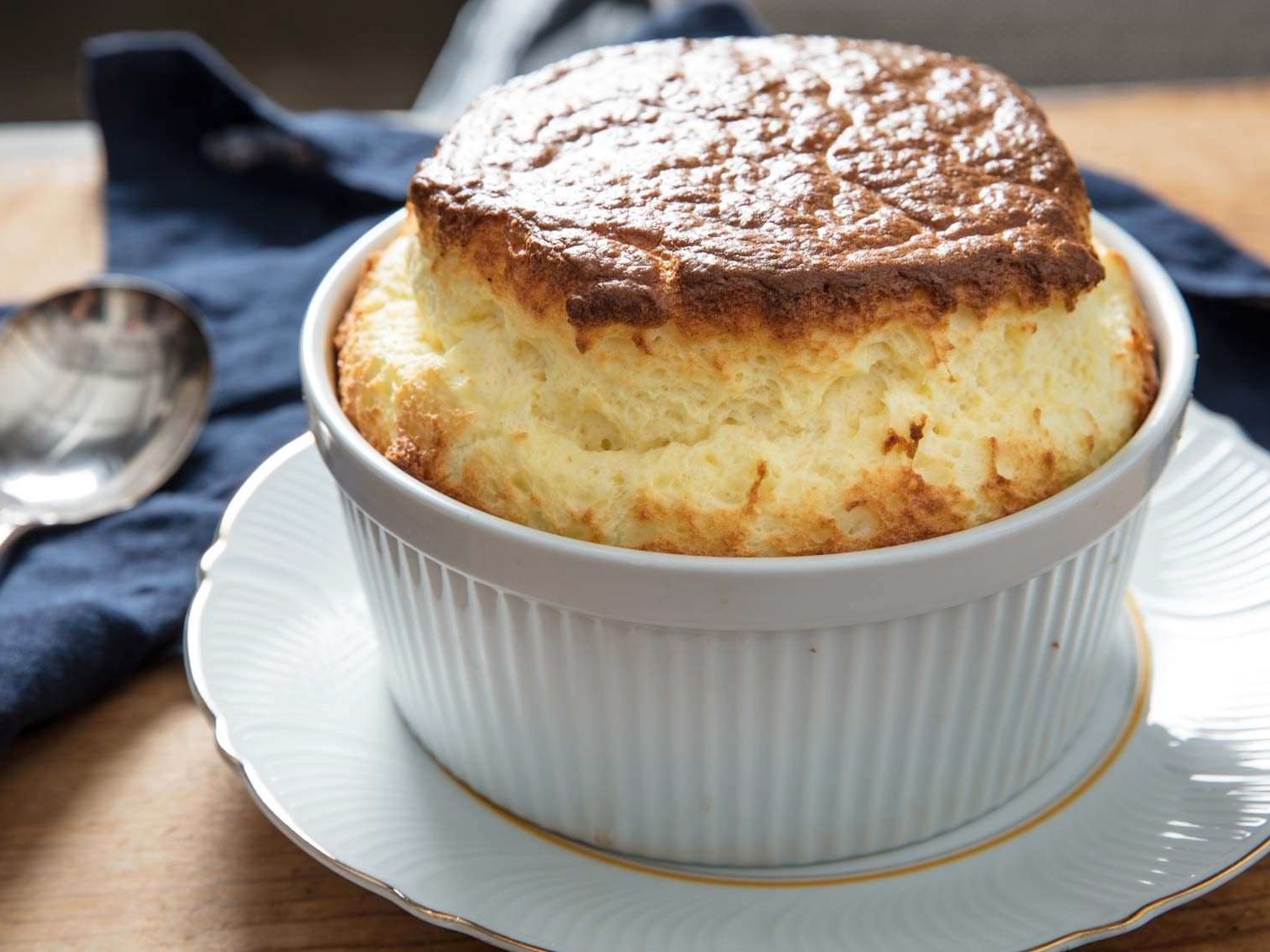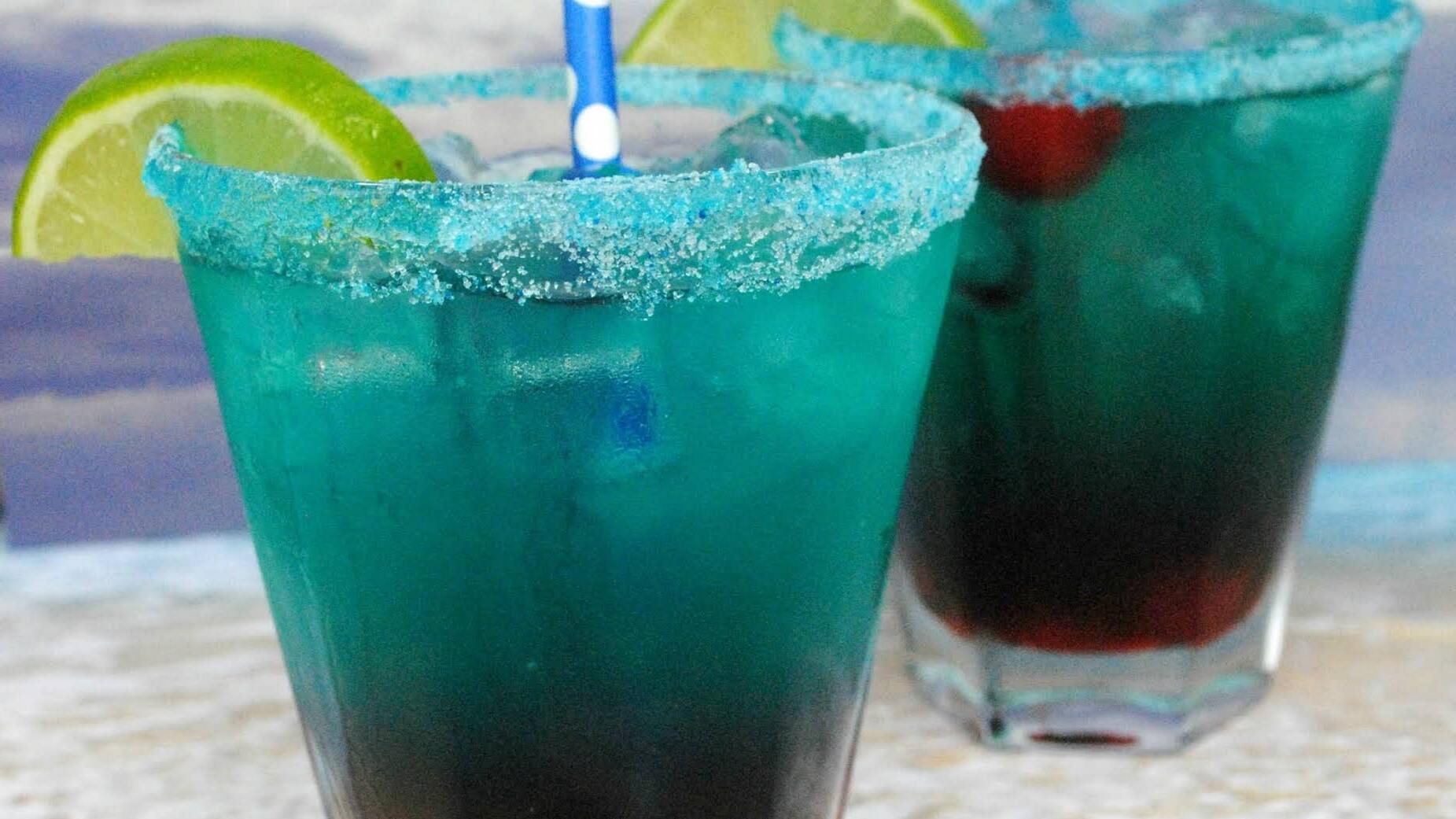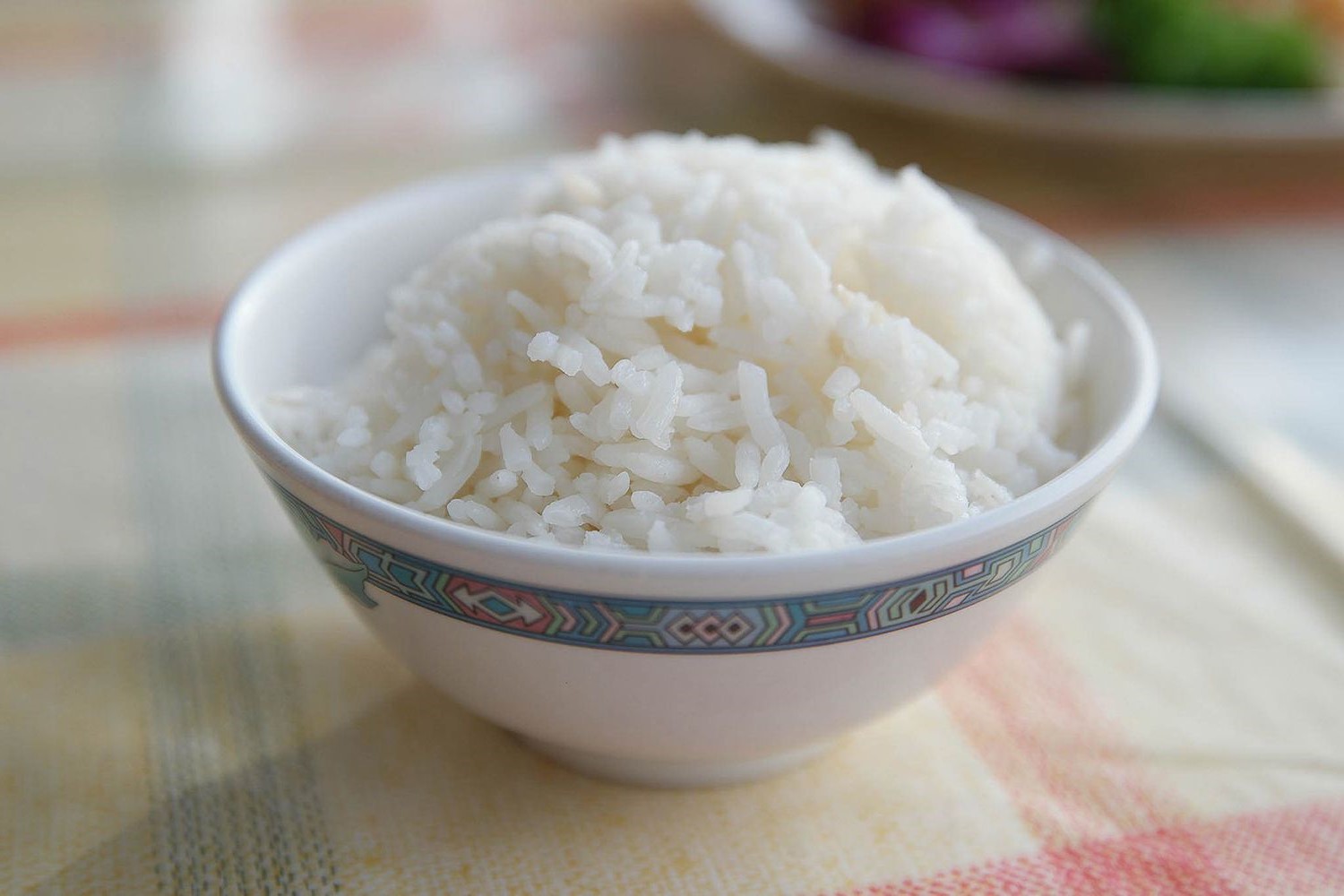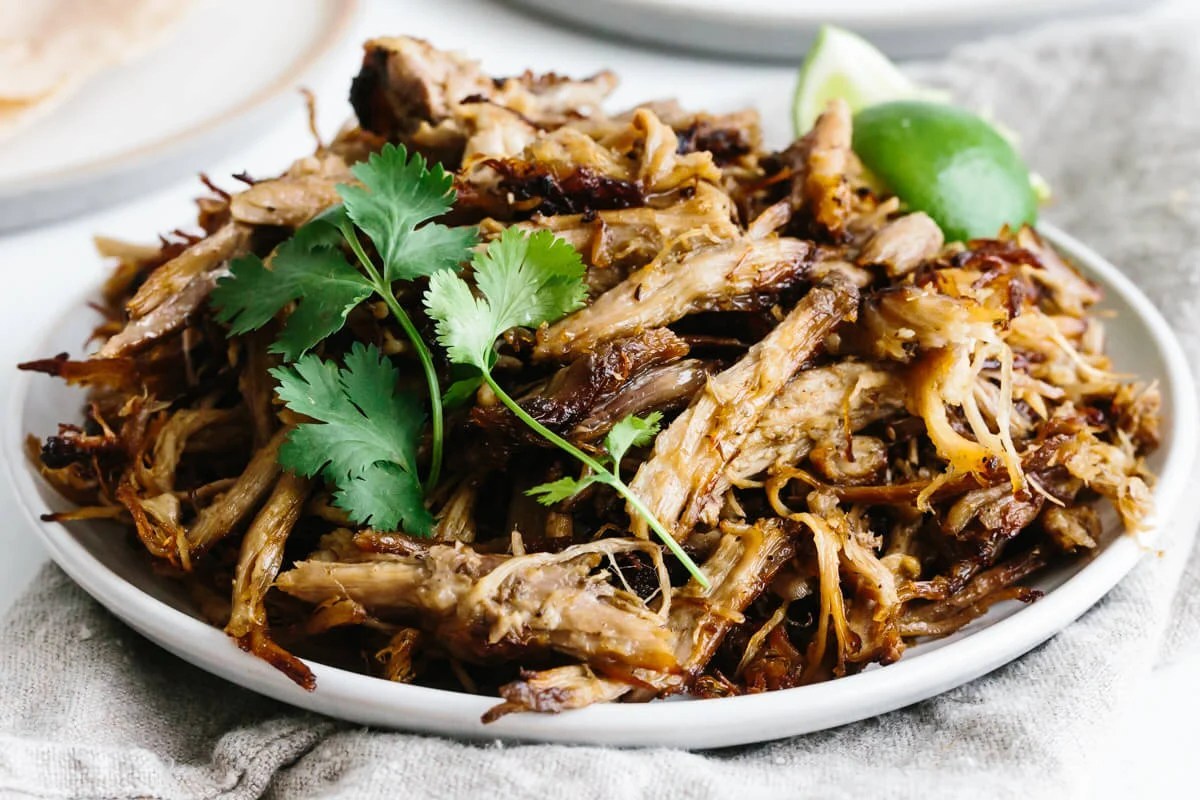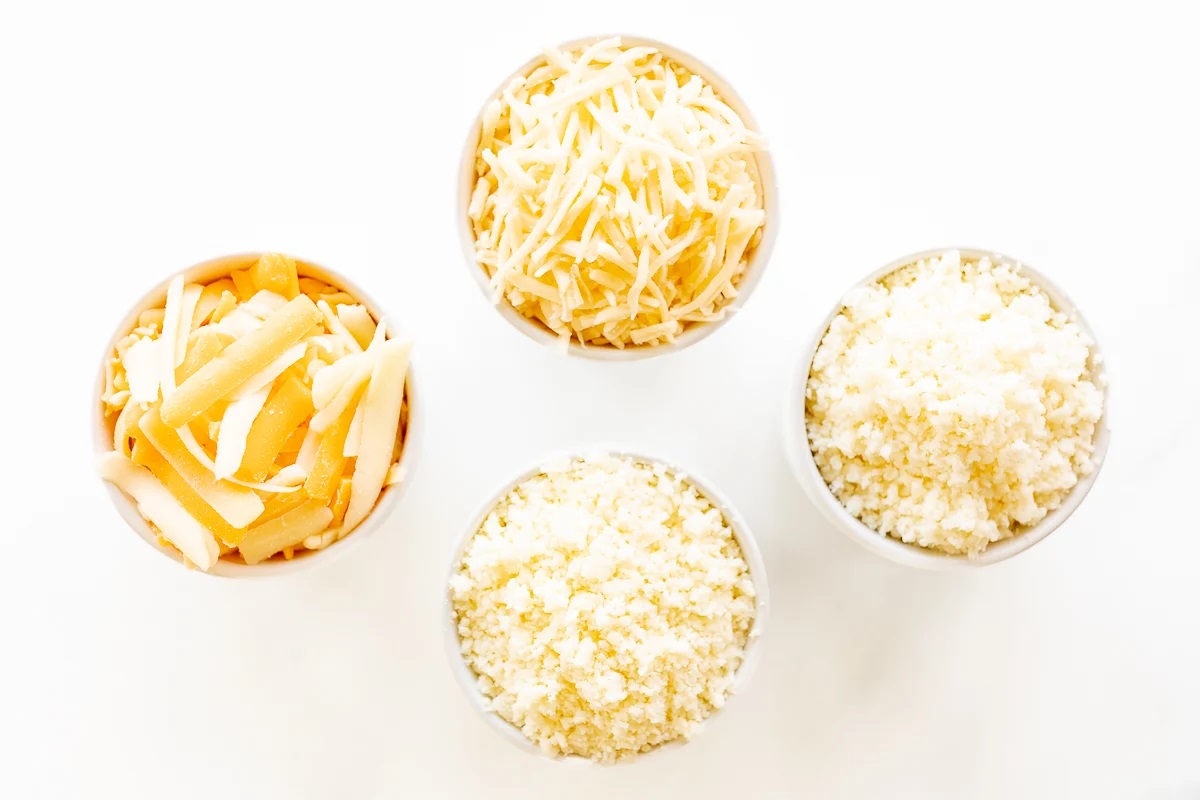When it comes to pasta, there are so many different types to choose from. Two popular types that are often confused are vermicelli and angel hair. While they may look similar, there are some key differences between the two. In this article, we'll explore the distinctions between vermicelli and angel hair pasta to help you understand and appreciate these two delicious options.
Vermicelli
Vermicelli is a type of pasta that is long, thin, and round in shape. It is often made from semolina flour, which gives it a slightly chewy texture when cooked. Vermicelli is commonly used in a variety of dishes, including soups, salads, and stir-fries. Here are some key characteristics of vermicelli:
- Thin and round in shape
- Chewy texture when cooked
- Used in soups, salads, and stir-fries
Angel Hair
Angel hair pasta is also long and thin, but it is much finer than vermicelli. It is often made from durum wheat, which gives it a delicate and tender texture when cooked. Angel hair pasta is commonly used in Italian cuisine and pairs well with light sauces and seafood. Here are some key characteristics of angel hair pasta:
- Very fine and delicate
- Tender texture when cooked
- Ideal for pairing with light sauces and seafood
The Differences
Now that we’ve explored the individual characteristics of vermicelli and angel hair pasta, let’s take a closer look at the differences between the two:
- Thickness: Vermicelli is thicker than angel hair pasta, which is much finer and more delicate.
- Texture: Vermicelli has a slightly chewy texture when cooked, while angel hair pasta is tender and delicate.
- Usage: Vermicelli is commonly used in a variety of dishes, including soups and stir-fries, while angel hair pasta is often used in Italian cuisine with light sauces and seafood.
In conclusion, while vermicelli and angel hair pasta may look similar at first glance, there are clear differences between the two in terms of thickness, texture, and usage. Whether you're cooking up a comforting soup or a light and flavorful Italian dish, understanding the distinctions between these two types of pasta can help you choose the perfect option for your culinary creations.
Was this page helpful?
Read Next: What Is Wet Cake?
